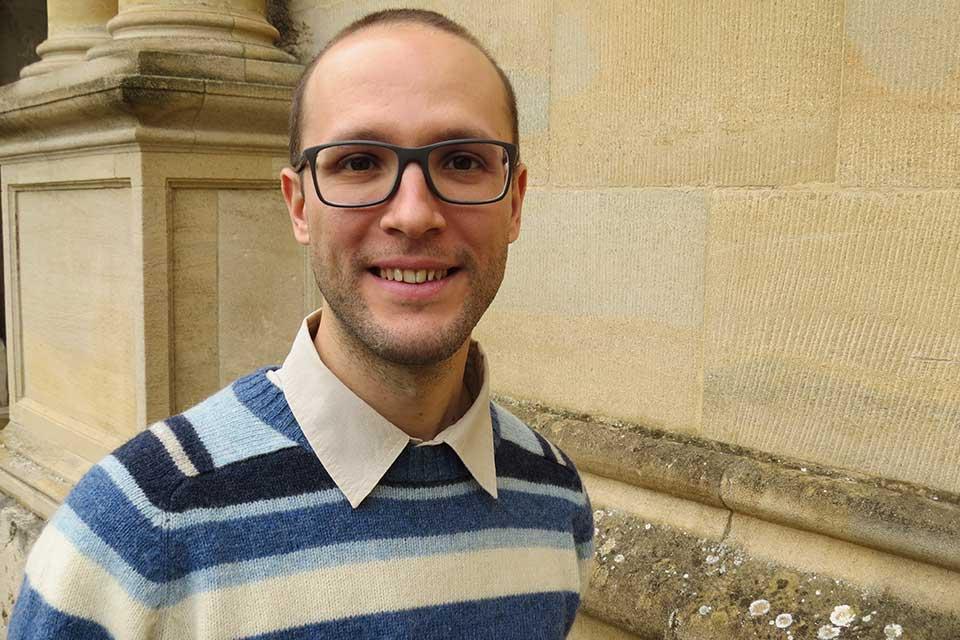Professor Fabrizio Caola, Associate Professor of Theoretical Particle Physics in the Department of Physics, has been awarded a much sought-after European Research Council Consolidator Grant. The funding will help his work developing a new generation of theoretical predictions for the Large Hadron Collider in order to unlock new insights from its data. Here, he talks about his quest to develop extremely sophisticated theoretical predictions to match the exquisite precision of the LHC data…
The Large Hadron Collider (LHC) at CERN is the most powerful particle accelerator ever built. It pushes protons or ions to near the speed of light and, as a result, it provides people like me with incredibly precise data that allow us to study the structure of the fundamental interactions that govern our universe.
About ten years ago, the LHC achieved its first milestone with the discovery of the Higgs boson, a key missing piece of the Standard Model of particle theory. But is the new particle exactly the one predicted by the Standard Model? Answering this question is a fascinating topic that will keep particle physicists engaged for a very long time… Another milestone was reached when the LHC went on to establish that the Higgs boson does indeed interact with matter in a way which is compatible with the Standard Model – through what we call Yukawa interactions. Such interactions have never been observed at the fundamental level before and the Higgs boson certainly seems unlike any other elementary particle. However, in the past, every time we encountered something similar – from superconductivity to particle physics – it turned out to be as a result of a deeper, more fundamental underlying theory. So could that be the case for the Higgs boson or this time, are we actually looking at something truly fundamental?
Answering these questions – as well as continuing to chart nature at an unprecedented scale and keep searching for potential new physics – requires extremely sophisticated theoretical predictions to match the exquisite precision of the LHC data. These are based on quantum field theory, a beautiful framework that combines quantum mechanics and special relativity.
With the ERC grant, we are aiming to develop a new generation of theoretical predictions for the LHC that will be crucial to getting the most out of LHC data. To do so, we will have to overcome many challenges. We will have to develop innovative techniques for calculating scattering amplitudes – beautiful mathematical objects that encode the quantum probability of scattering processes. And we will have to devise new ways for dealing with the intricate pattern of particle radiation; this is what currently prevents us from obtaining accurate-enough theoretical predictions for all but a handful of very simple collider processes.
It is an enormous honour to have been awarded an ERC consolidator grant and, crucially, it will allow me to assemble a team of top scientists from all over the world to tackle some of the most pressing problems of collider phenomenology.
This would not have been possible without the help of my many friends and colleagues in Oxford, and in particular of Professor Gavin Salam and Professor Sakura Schafer-Nameki who, through endless discussions, helped me to sharpen the research vision that my ERC project is based on. And a big thanks also to the Department of Physics research facilitator team, in particular Hannah Lingard, Bryony Elbert and Charlie Garner who went the extra mile to help me communicate my research vision in a clear and effective way.

